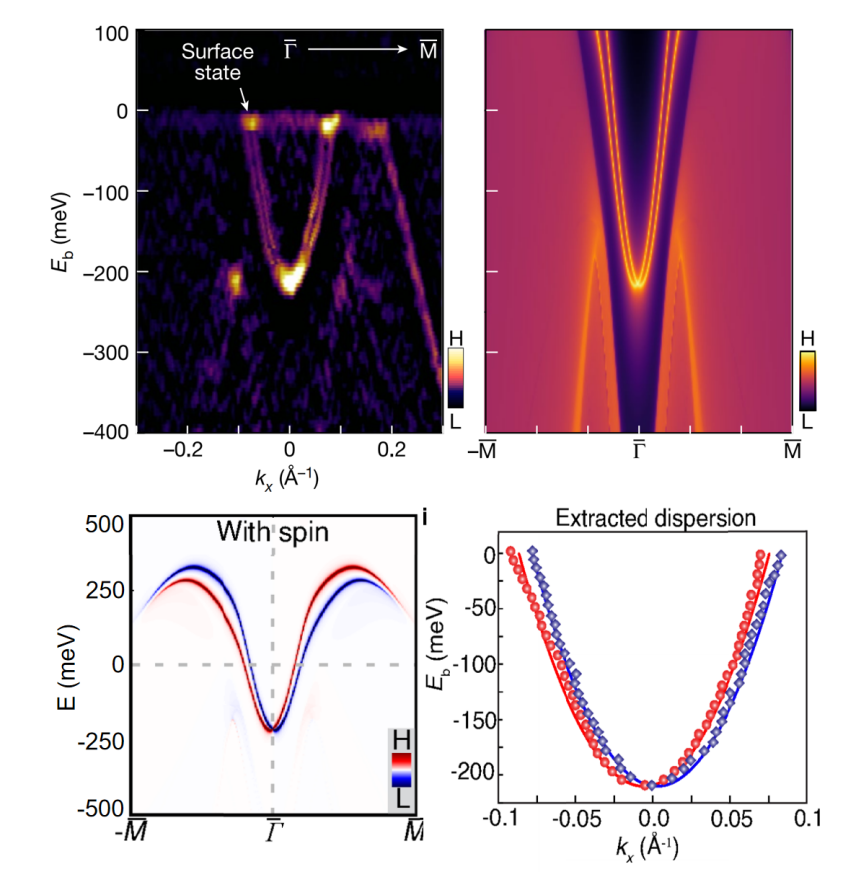A hybrid topological quantum state in an elemental solid
In recent years, research on the topological states of matter has attracted significant attention and has become a cutting-edge focus in the international study of condensed matter physics.Topology and interactions are foundational concepts in the modern understanding of quantum matter. Their nexus yields three important research directions: (1) the competition between distinct interactions, as in several intertwined phases, (2) the interplay between interactions and topology that drives the phenomena in twisted layered materials and topological magnets, and (3) the coalescence of several topological orders to generate distinct novel phases. The first two examples have grown into major areas of research, although the last example remains mostly unexplored, mainly because of the lack of a material platform for experimental studies.
Notably,using the Angle-Resolved Photoemission Spectroscopy (ARPES) at the Hefei Light Source, a research team including Md Shafayat Hossain from Princeton University (USA) and Zahir Muhammad from the Hefei Institute for Innovation of Beihang University (China) have observed a new topological quantum state in elemental arsenic crystals.Through a unique bulk-surface-edge correspondence, they uncover that arsenic features a conjoined strong and higher-order topology that stabilizes a hybrid topological phase.
Elemental solids serve as ideal platforms for exploring topological physics. Previously, bismuth was the only widely studied elemental solid with rich topological structures—this is attributed to the easy accessibility of high-purity bismuth samples, which has facilitated in-depth research over the past two decades. The observation of this hybrid topological phase (which combines edge states and surface states) in arsenic enriches our understanding of topological phenomena and may open up new research directions in the fields of quantum information science and quantum computing. The relevant findings have been published in the international journal Nature.
Link to the paper: https://doi.org/10.1038/s41586-024-07203-8

Figure1:Surface spin states of arsenic
Back
